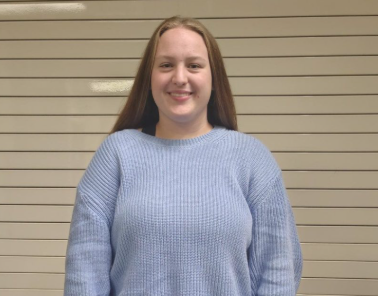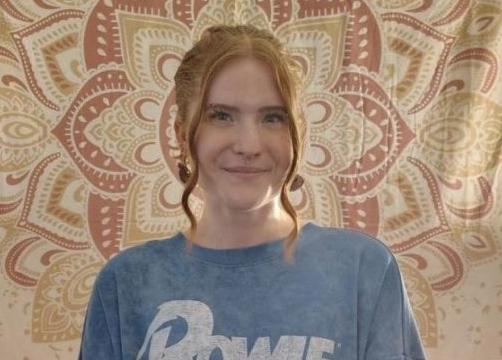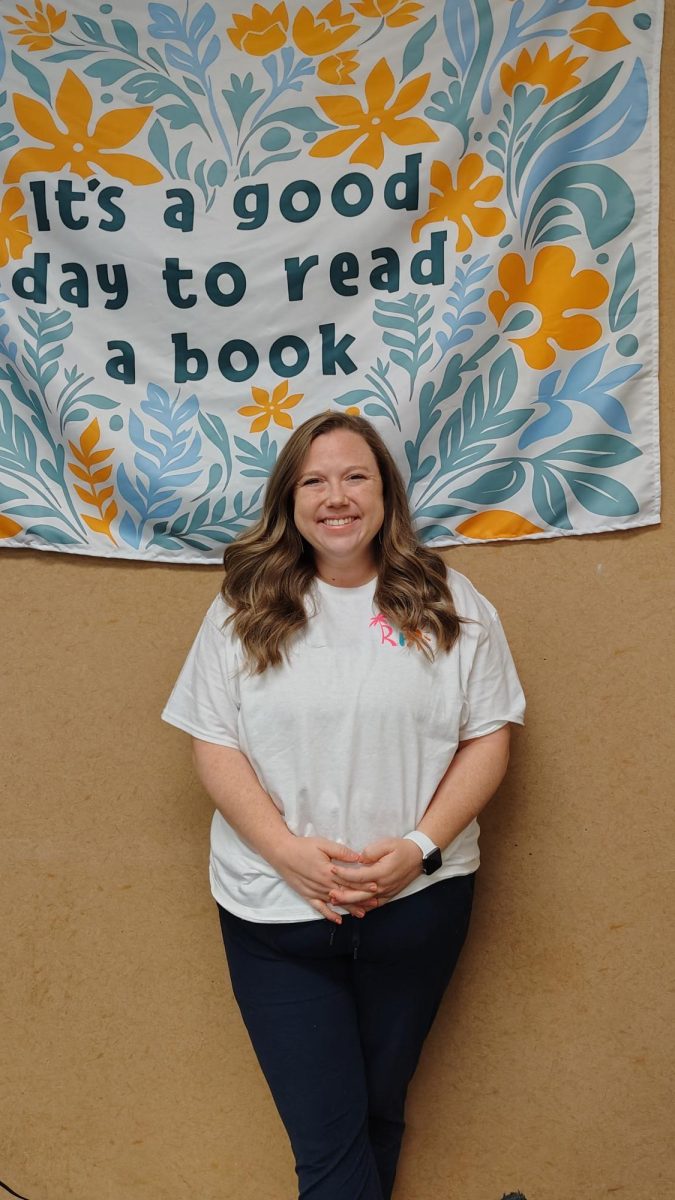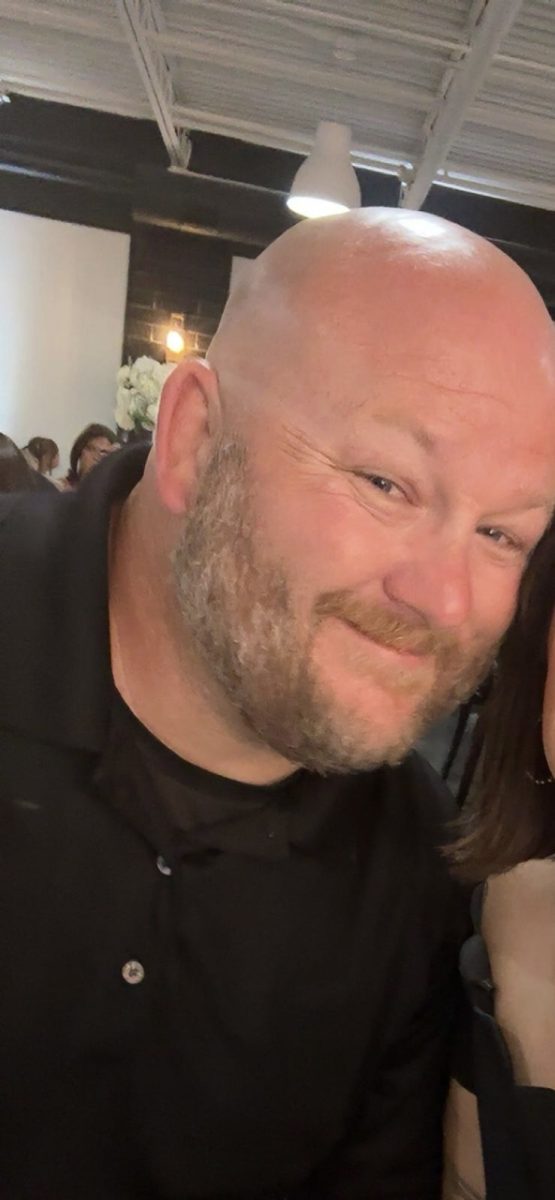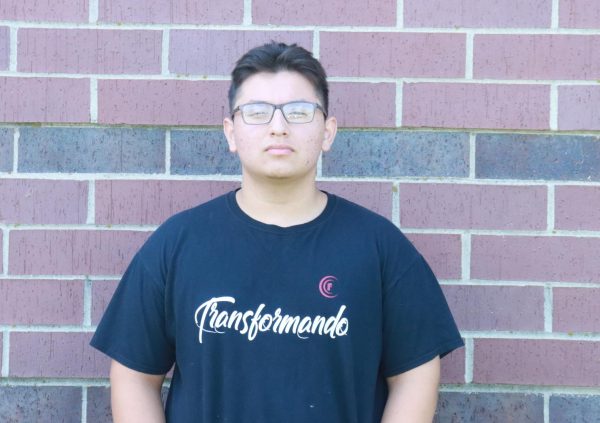Getting up, getting ready, getting dressed, having a big old bowl of cereal, and ready to start the day is the routine Mike Hibit follows each morning. He has been a math teacher for the last 20 years.
Hibit does things a little differently. He does reverse teaching, and the results speak for themselves
“I feel like the data is speaking for itself, students now are more successful than I’ve ever seen,” said Hibit. “Students who are in class and who are doing the thing at home and are converting that to practicing well in class are doing really well.”
Reverse teaching or flipped classrooms have many benefits.
“I’m talking like it might not seem like a big deal, but when all of my, algebra 2 students are collectively averaging, 86%, and my geometry kids 84%,” said Hibit. “That is awesome stuff.”
But with the many benefits come many drawbacks.
“What I definitely miss about the in-person explanation with the banter that kinda happens there, the interruptions that are necessary,” said Hibit. “I know that it’s really boring and it’s really draining to have to sit and watch a 10-minute video or a 12-minute video or a 15-minute video.”
Hibit does everything to make his classes productive but enjoyable.
“I want my work and other people’s work to be as easy as possible,” said Hibit. “I don’t like to be a burden and that might not sound like the case with math.”
He is trying his best to set up his students to be the most successful they can possibly be.
“If I am doing a good job of doing my job, then I can set up everybody to be as successful as possible,” said Hibit.
Many things that we do in our lives require us to be able to follow a pair of instructions, and that is what Hibit is trying to convey to his students.
“A lot of the things that we do in our lives and in our jobs require us to follow processes,” said Hibit. “So, that they would be better equipped to do well at their jobs or better equipped to do well in college or more successful in their family lives because they’re able to think and follow directions.”




